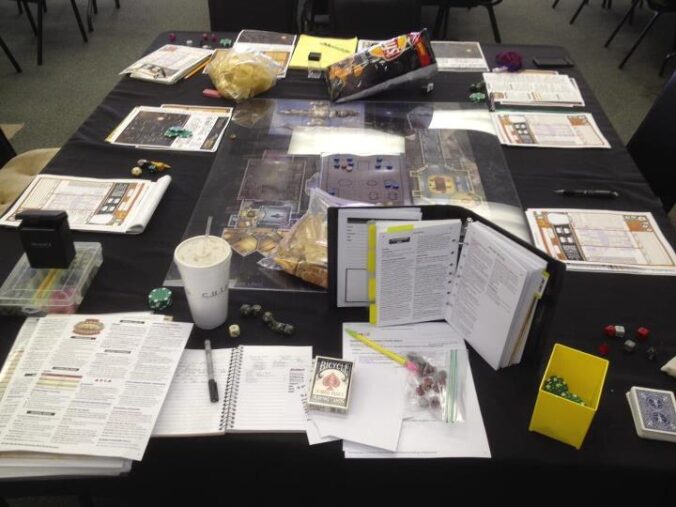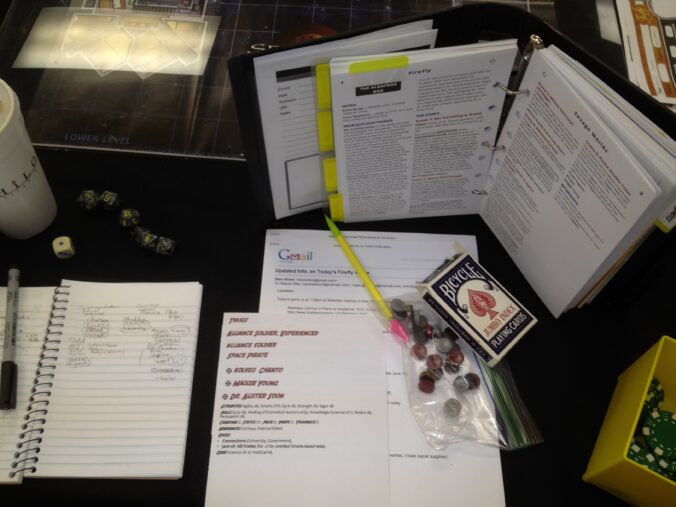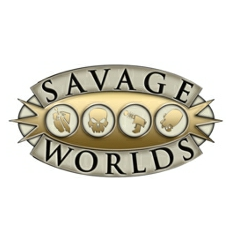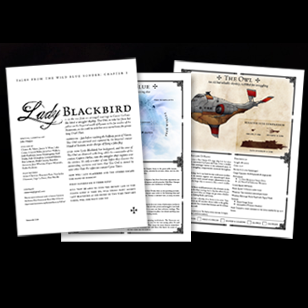Over the last year I’ve been focused on running ‘episodic’ games than have a clear story ending in 4 hours in my home and gamestore games. These same skills are very helpful if you want to run a 4 hour con-style game.
Here are my tips for running 4 hour games:
For all types of games, have a clear quest or goal so the character know exactly what their mission is, with the mission something achievable in 4 hours. (In campaign settings, I have the players be part of an organization which gives them missions).
In non-Dungeon games:
- Plan for 5 scenes, with at least 2 or 3 of those scenes involving combat.
- I like to have a red herring or twist be part of those stories, with a big reveal in the final Boss Fight scene.
In Dungeon games:
- Have 12-20 rooms prepared. Usually you’ll only cover 7 to 12 rooms total.
- Of the 7 to 12 rooms you’ll actually explore, 5 to 7 rooms will have combat or extensive roleplaying. The rest of the rooms (2 to 5 non-combat scenes) will be empty or have puzzles, traps or something minor to explore.
- Throw in a combat by the 1.5 hour mark if you haven’t already had one.
- Be prepared to move rooms around in the dungeon so they will always happen to get to the key parts of the dungeon (especially the Big Bad Boss at the end). Usually I just have 2 or 3 ‘key scenes’ which I will make sure they hit, with the rest being optional. This means you don’t give the players a map as you may change the map on the fly.
If you’re running a campaign in a home setting, I’ve found having the players have a ‘home base’ where they will be or will be en route to at the end of each session to be invaluable. This way when you have absent players you can explain that they didn’t come on this mission. If you have a society, have the society have bases in several key cities. If you running a space campaign or ship campaign, have the vessel dock to a port at the end of each game.













Recent Comments